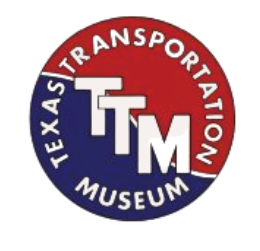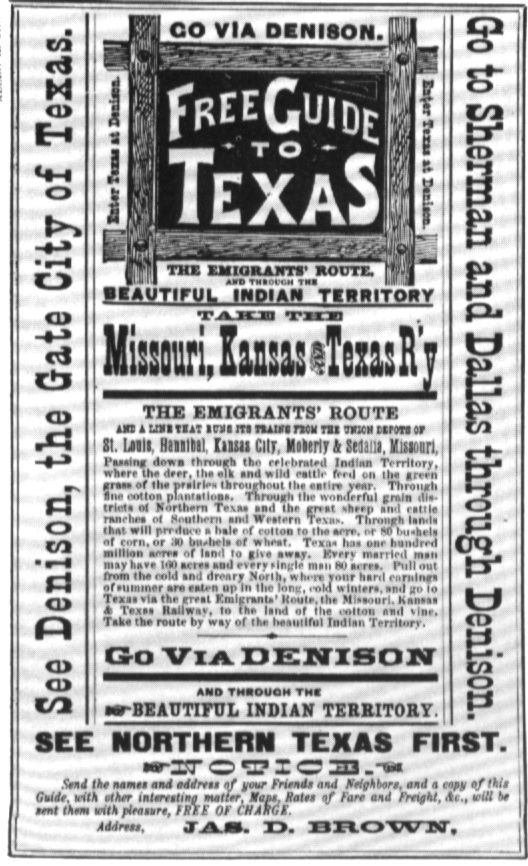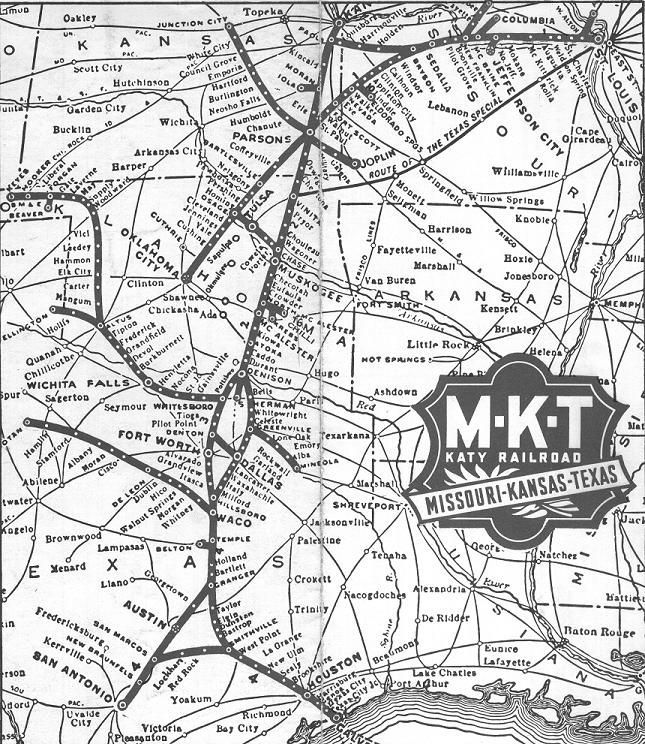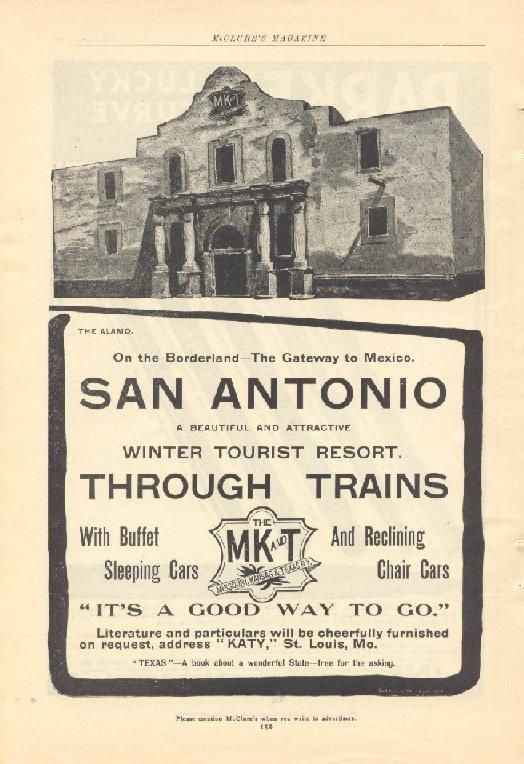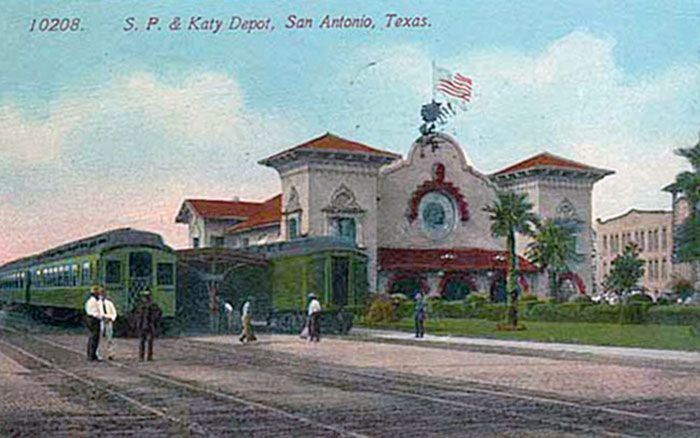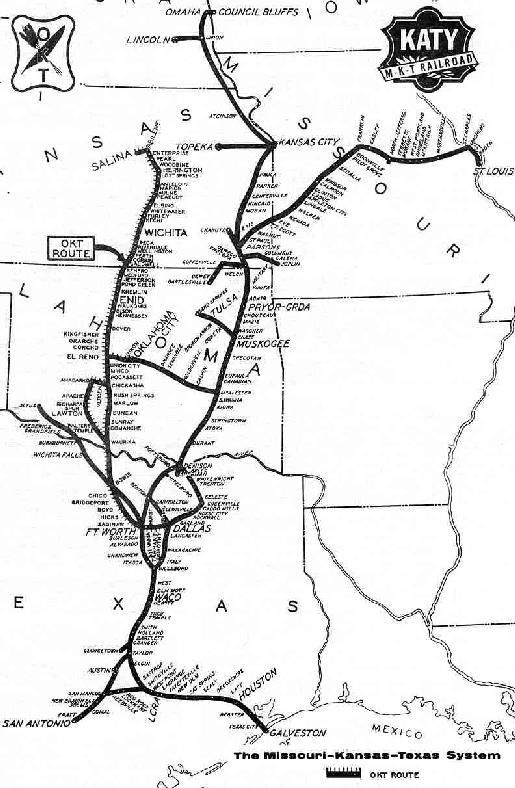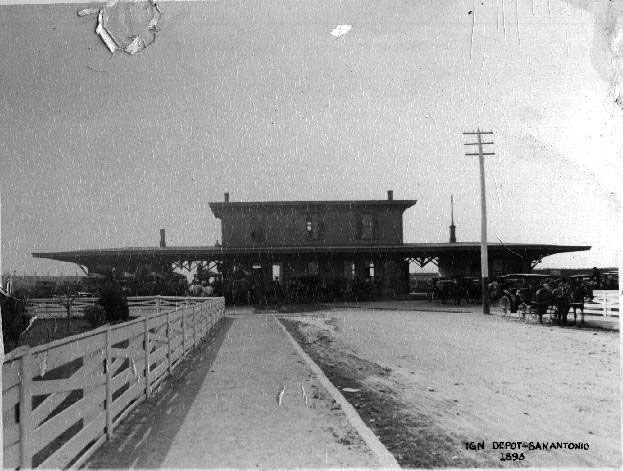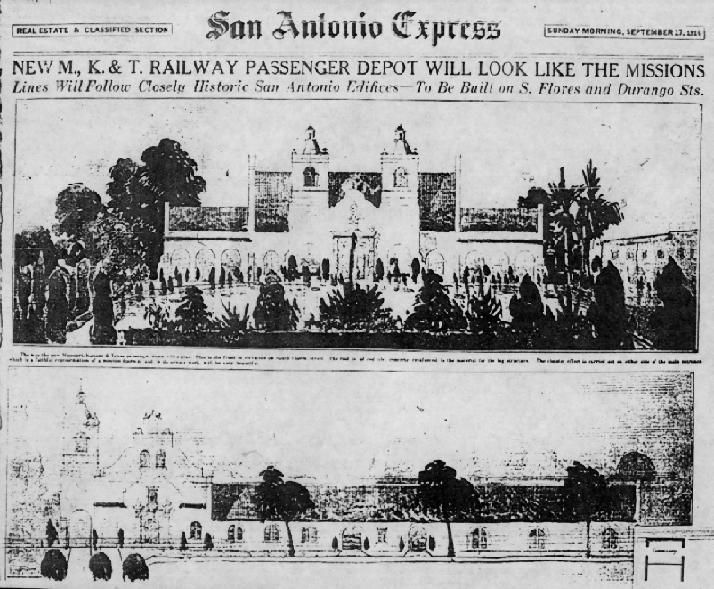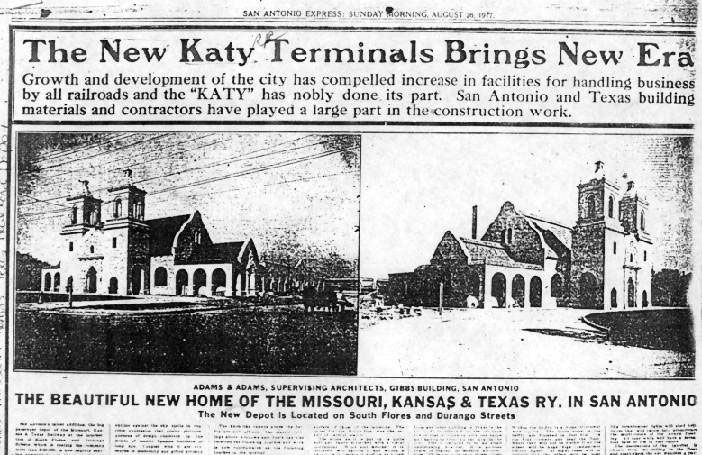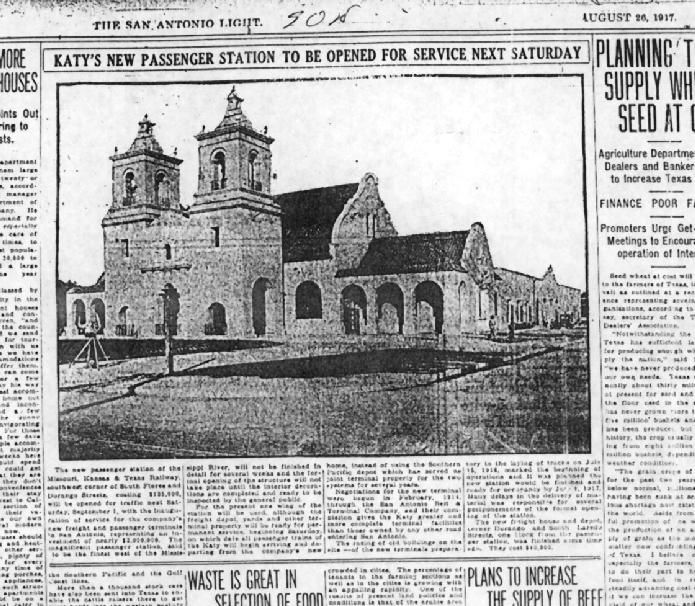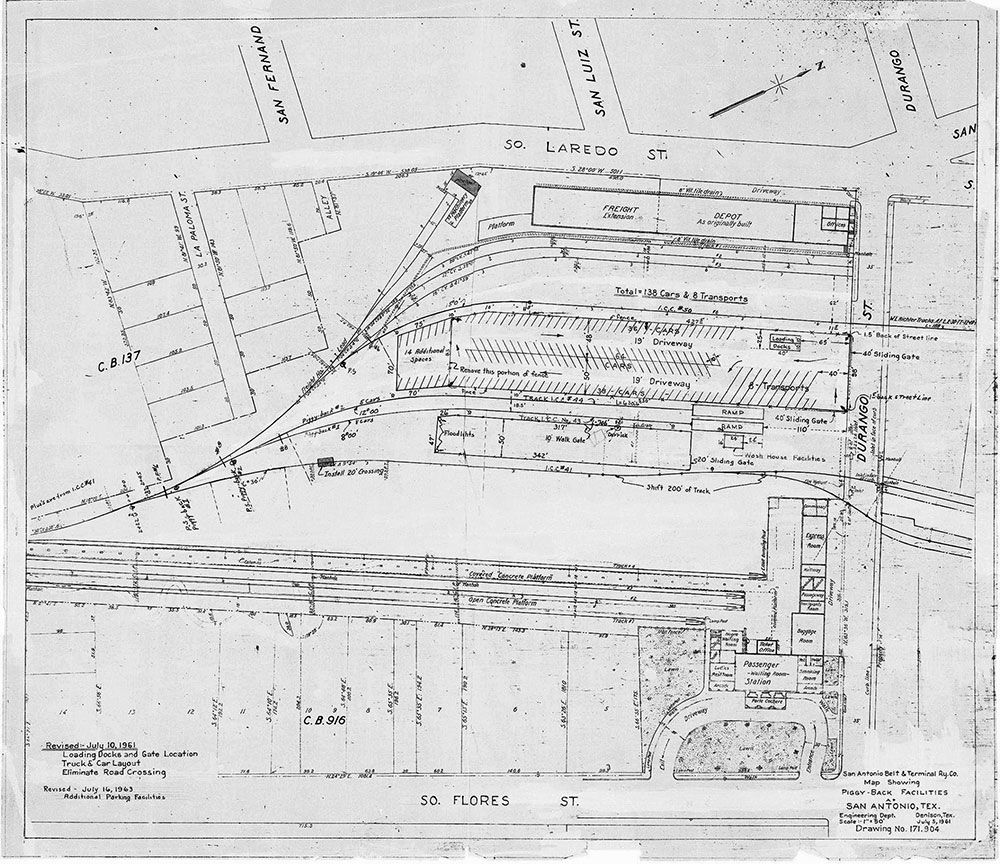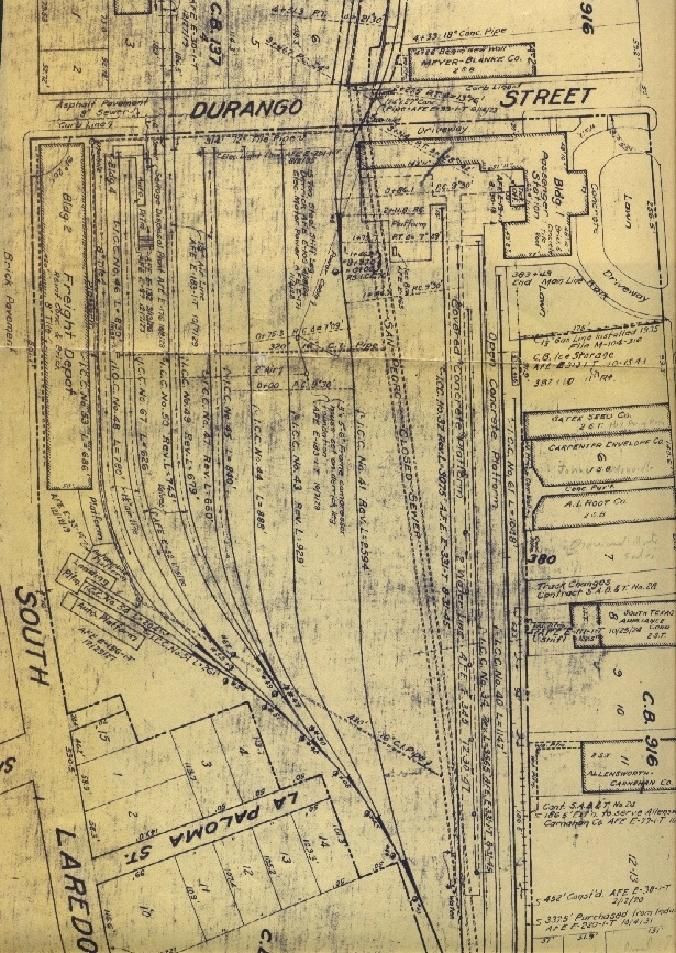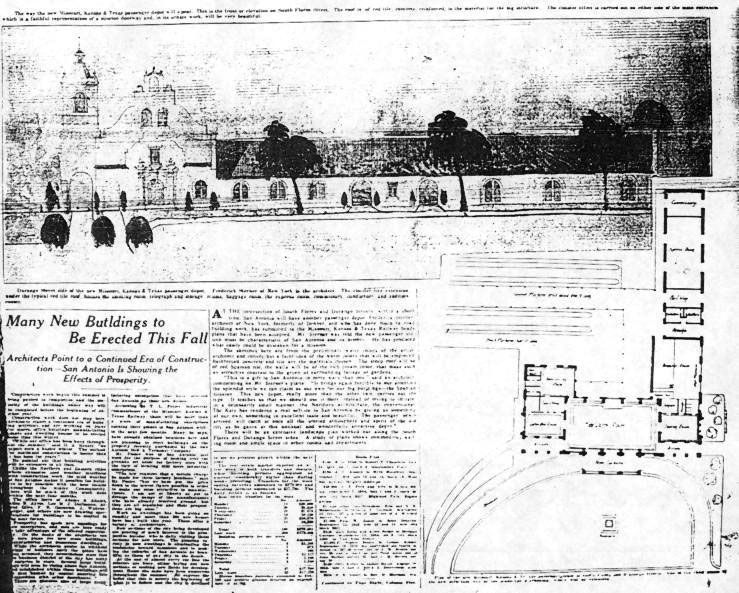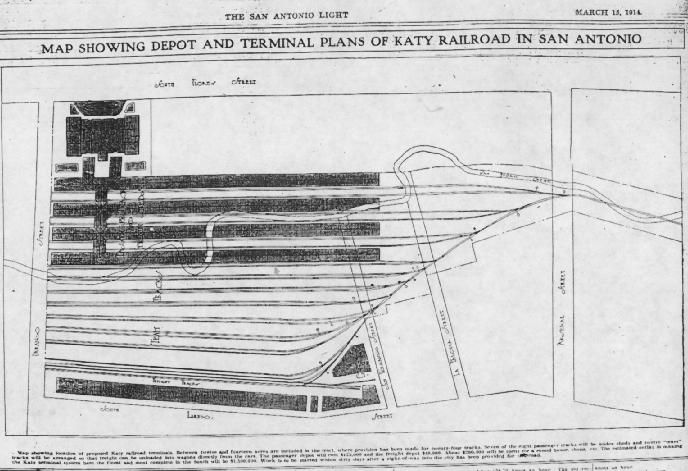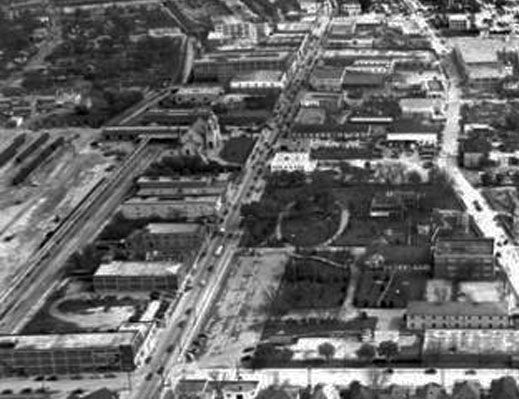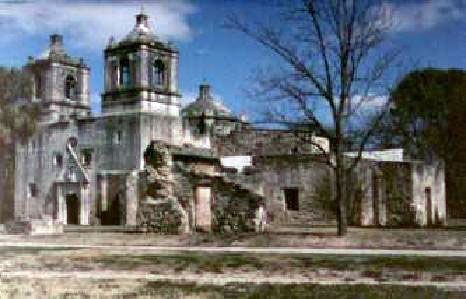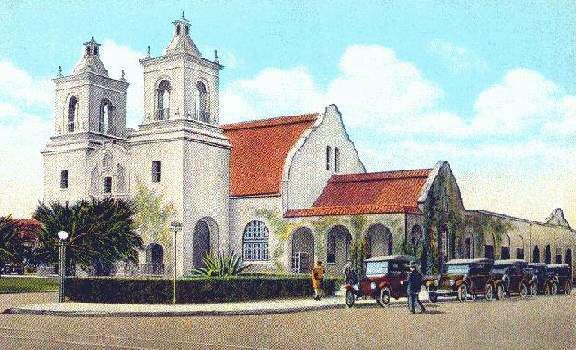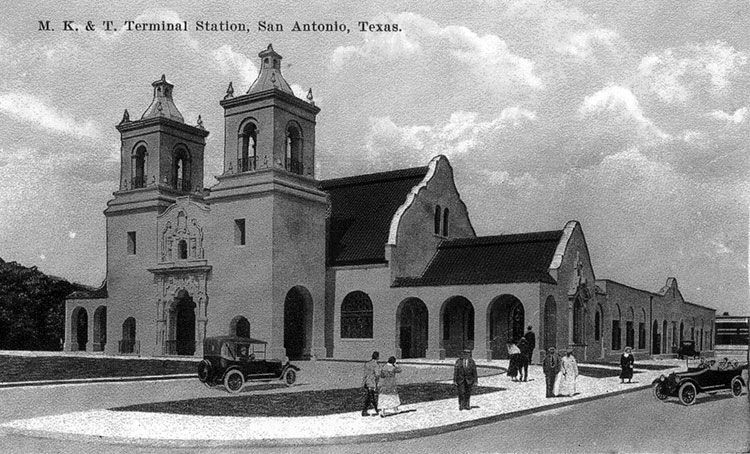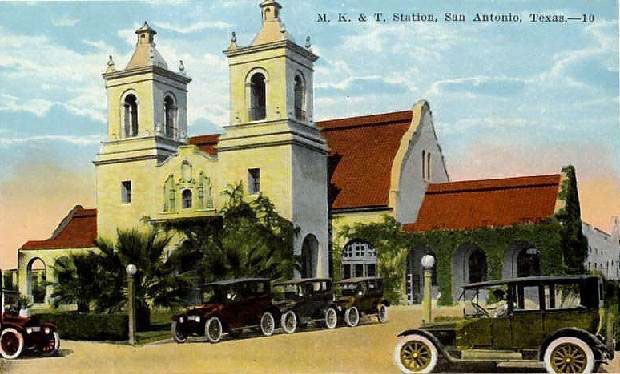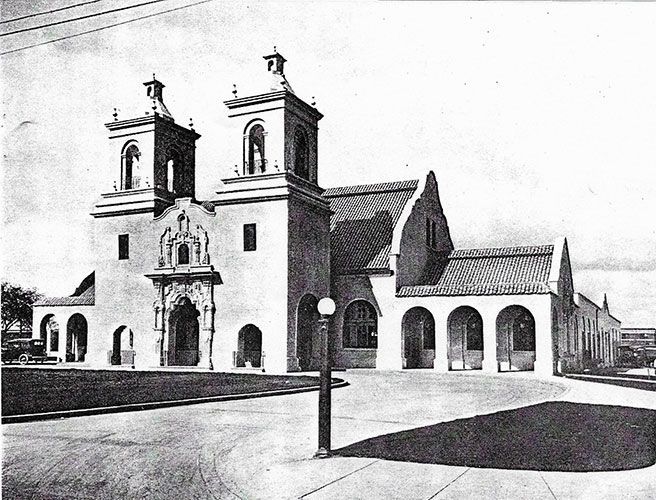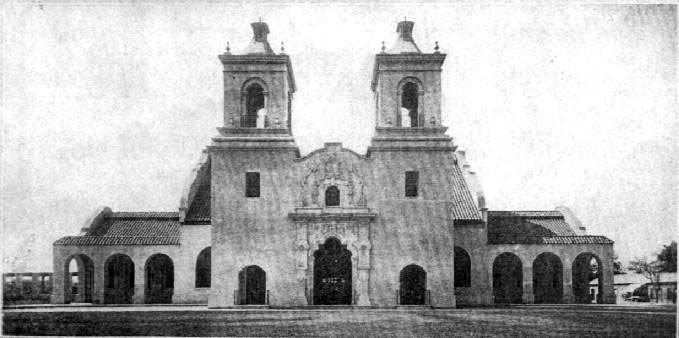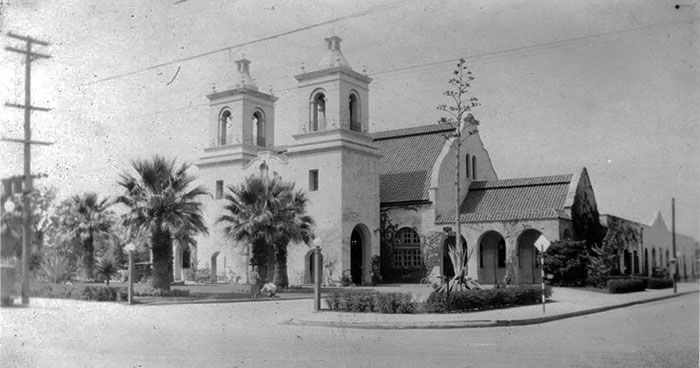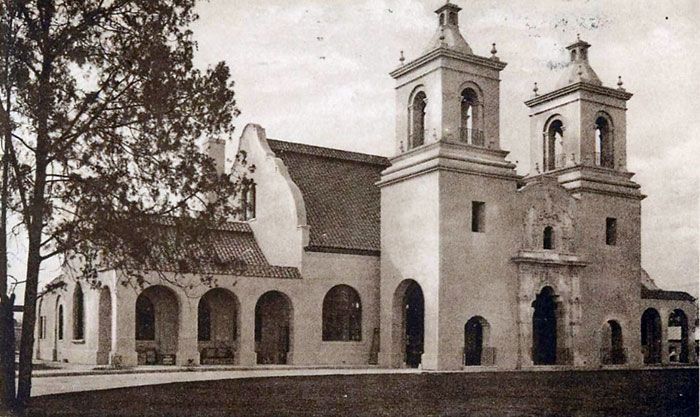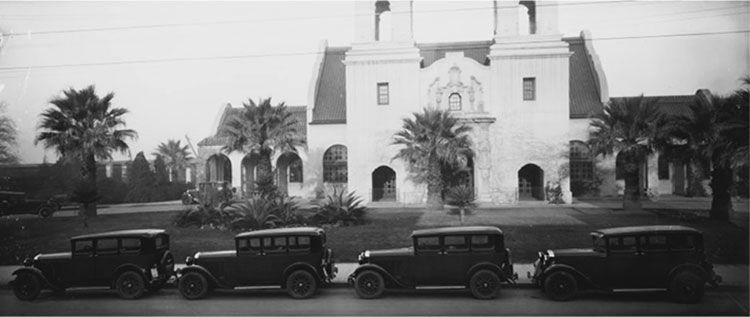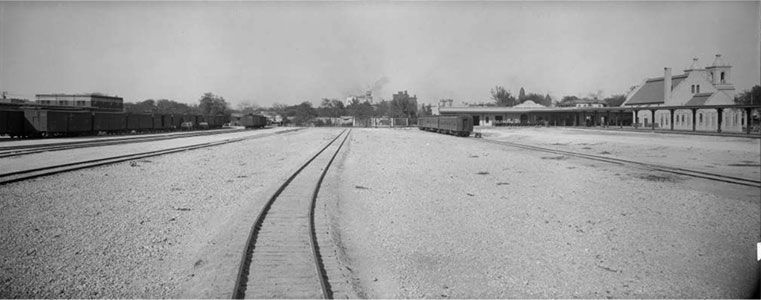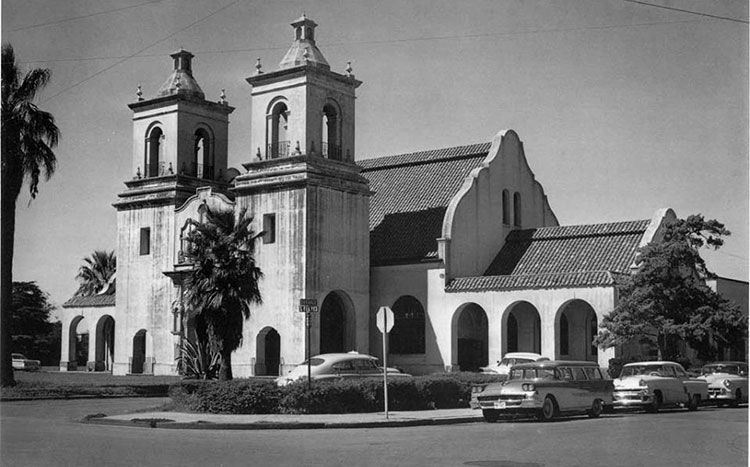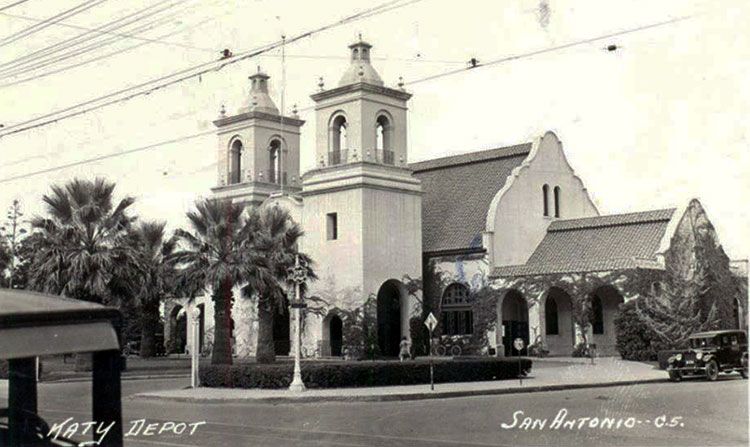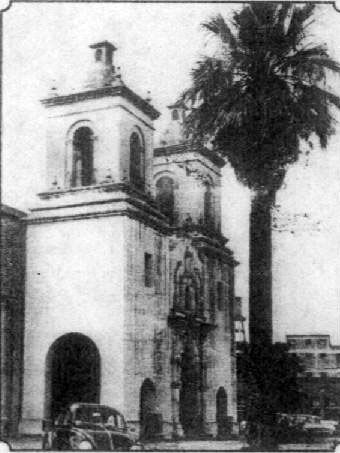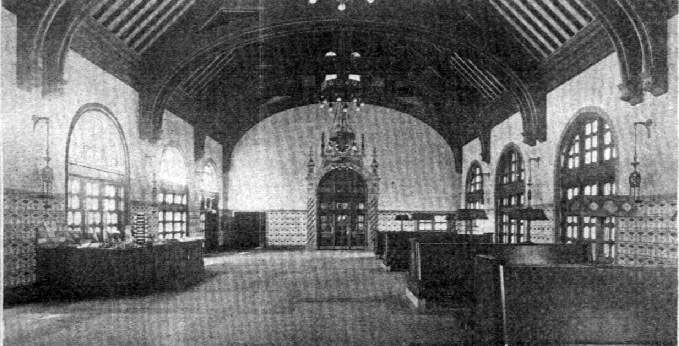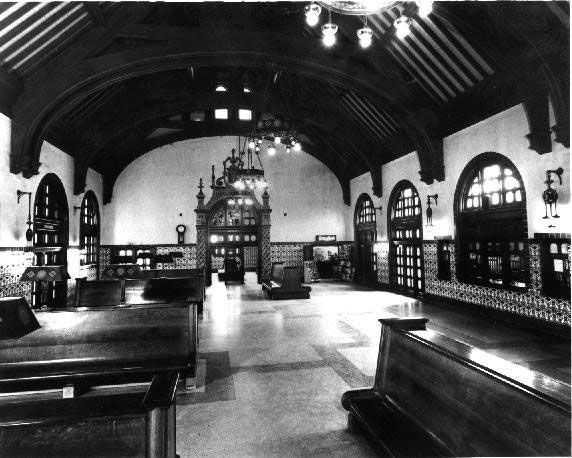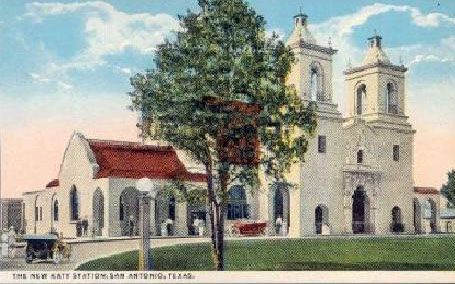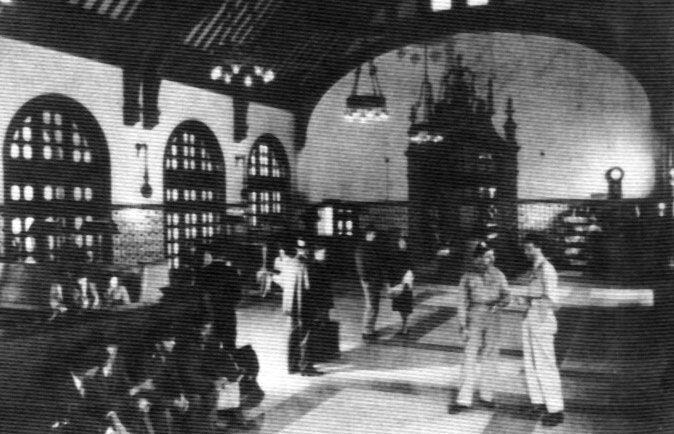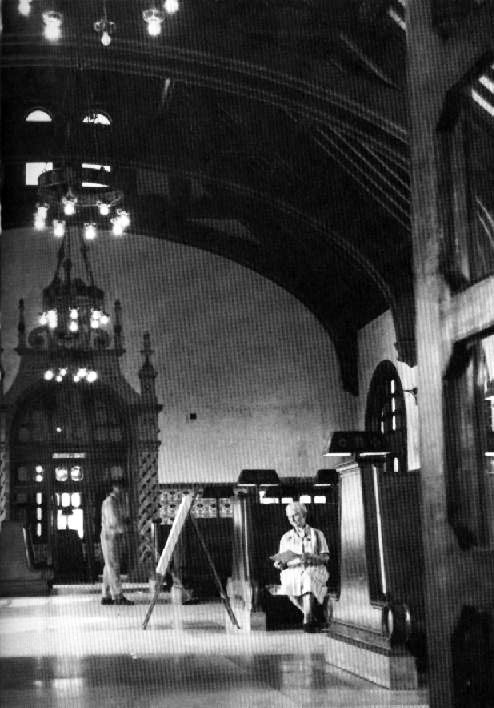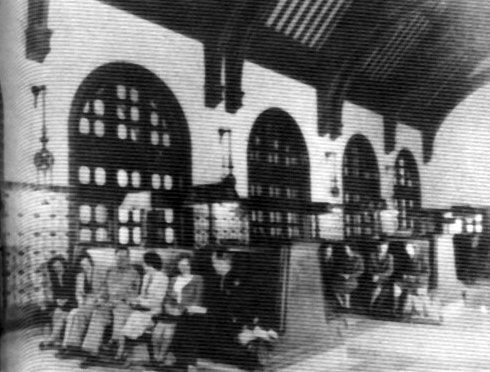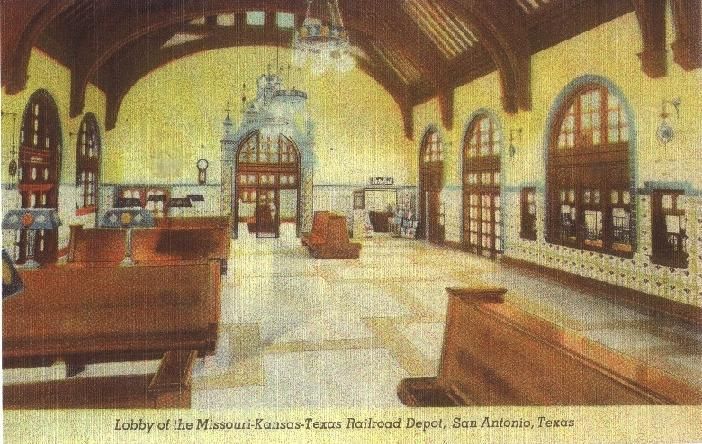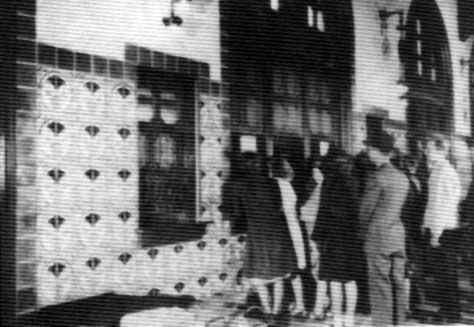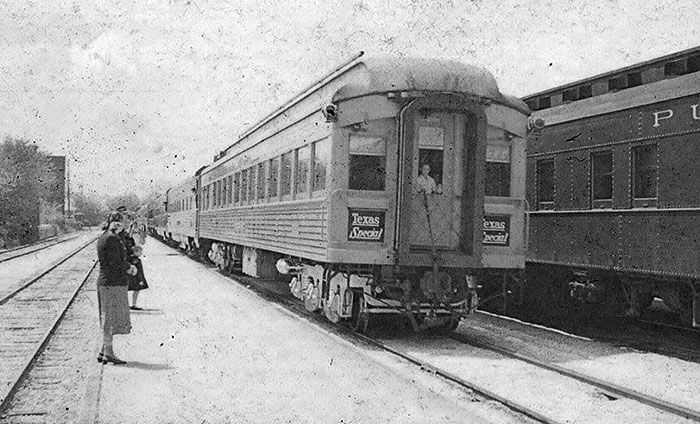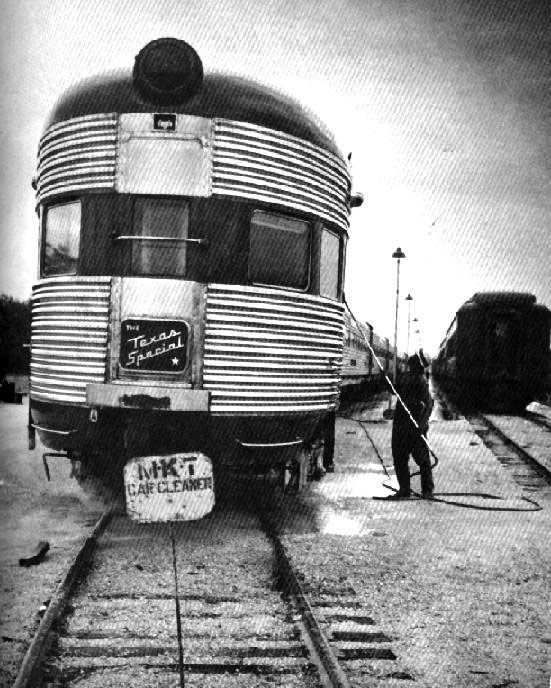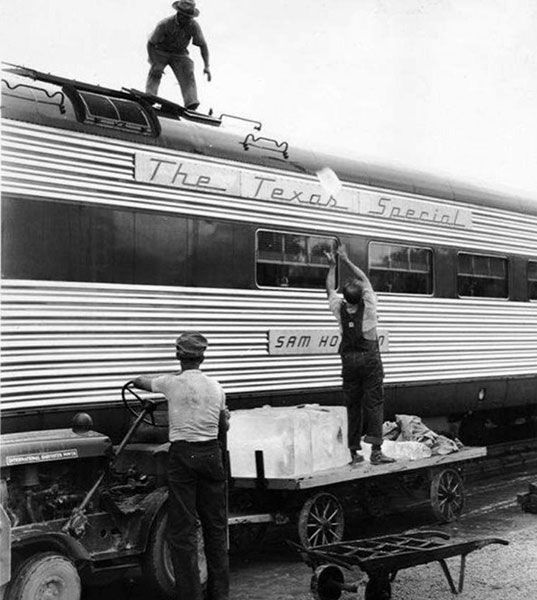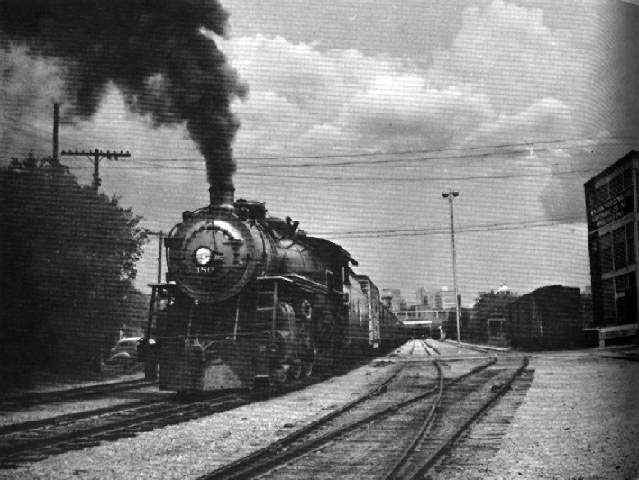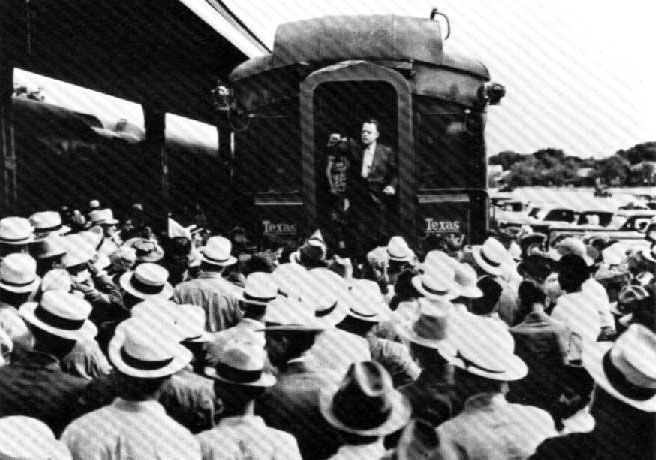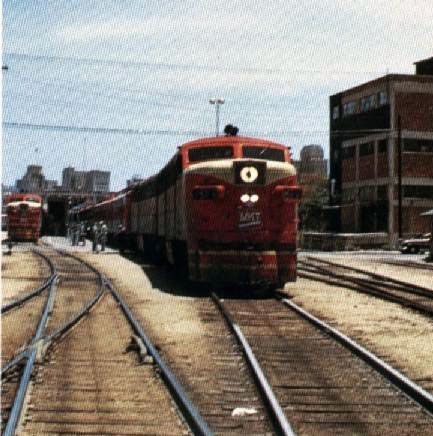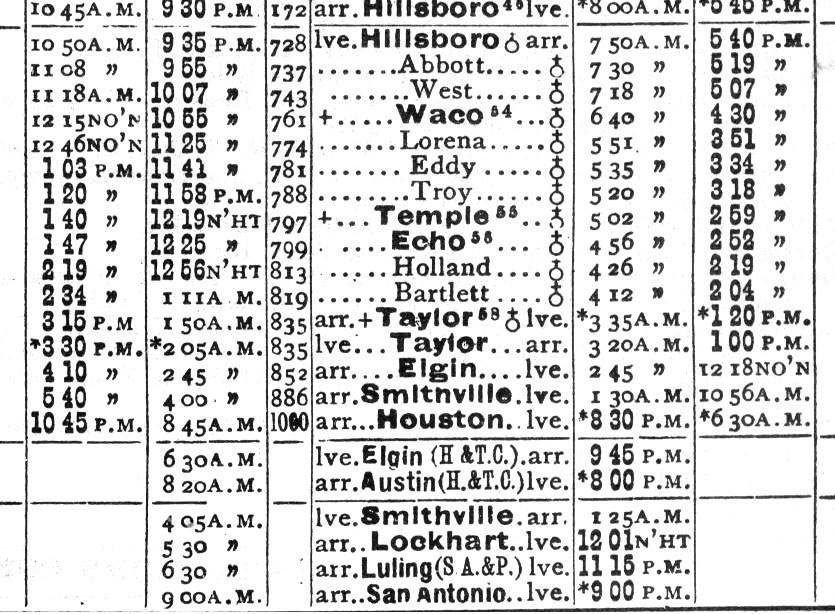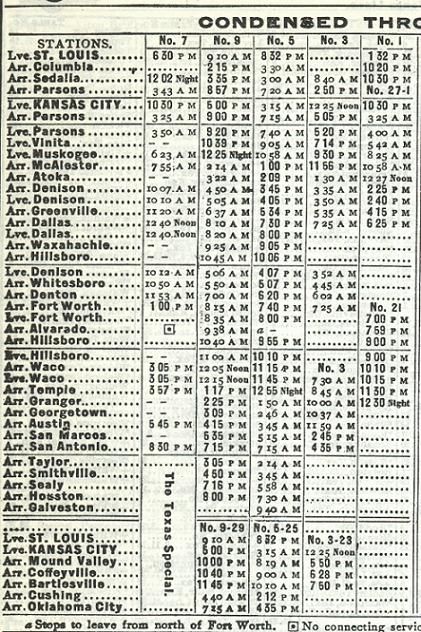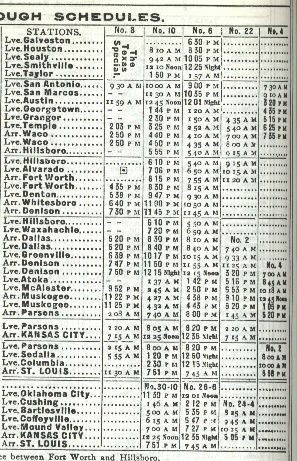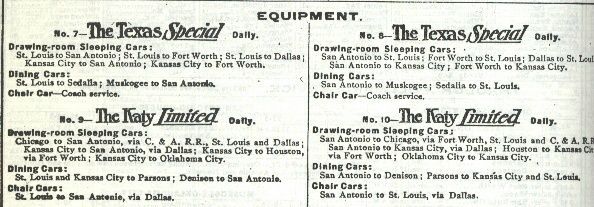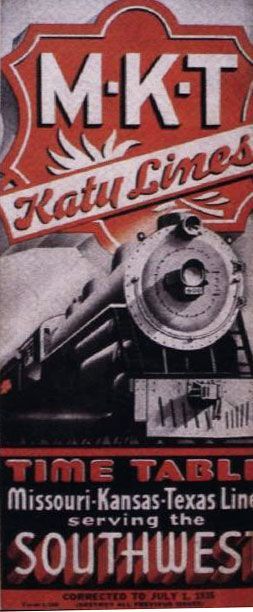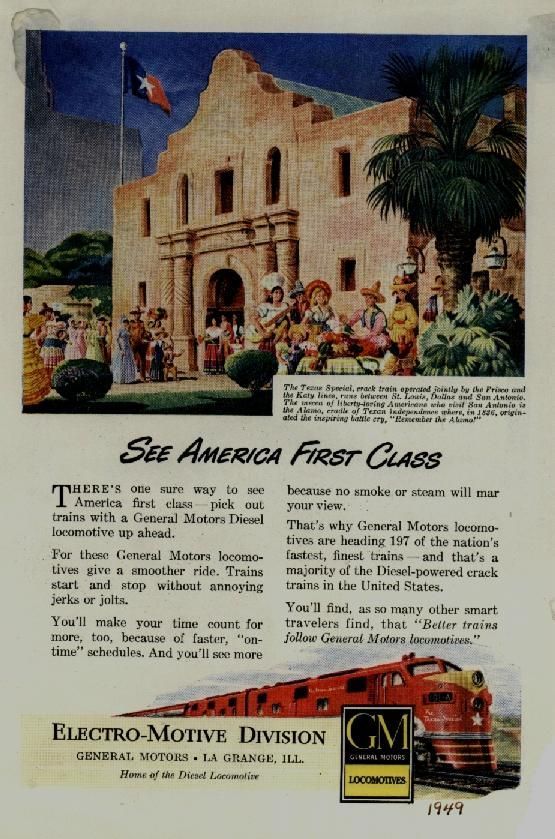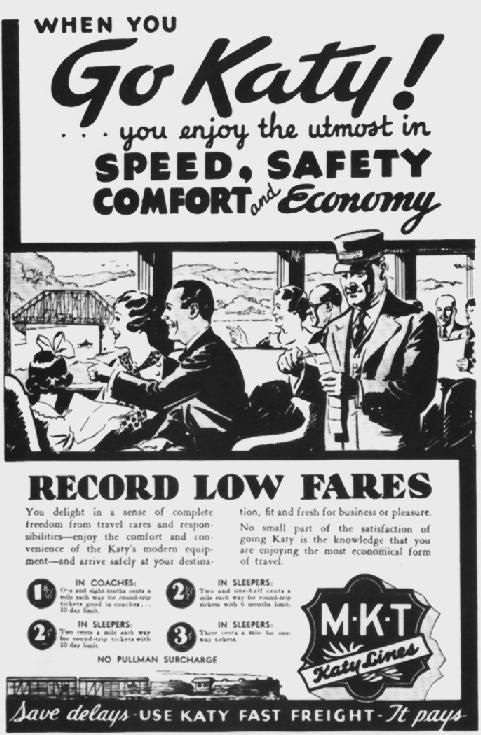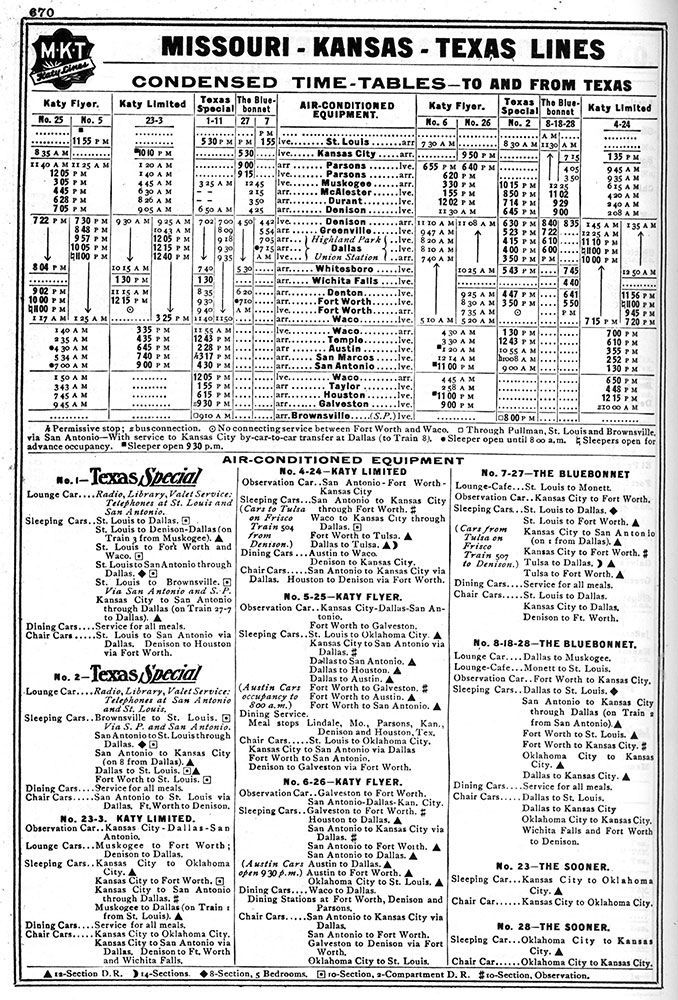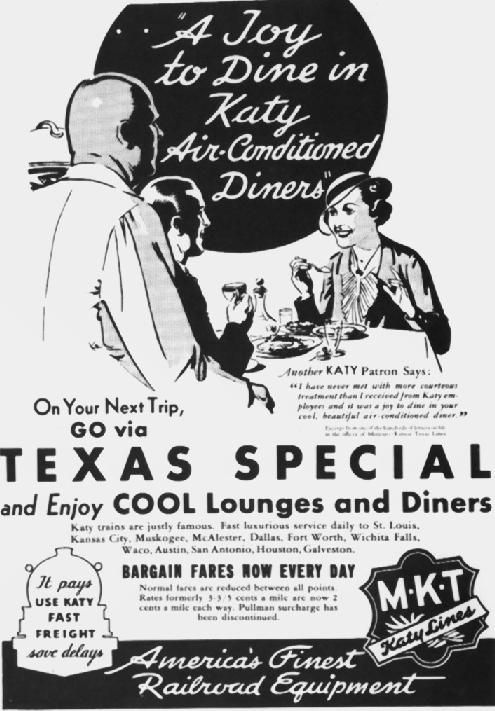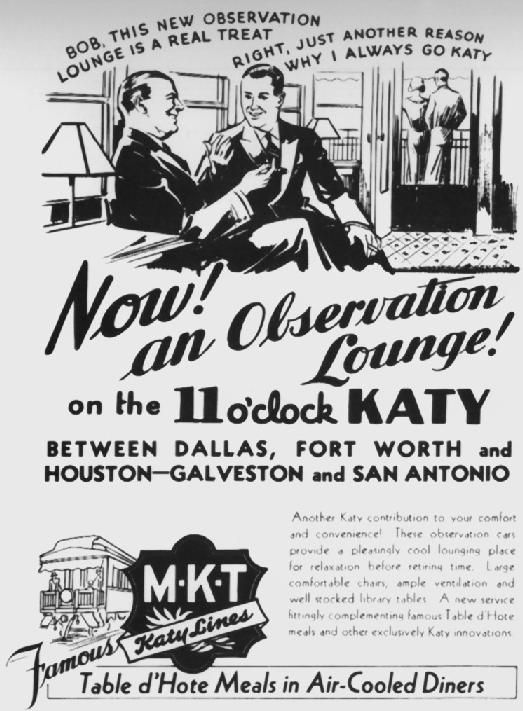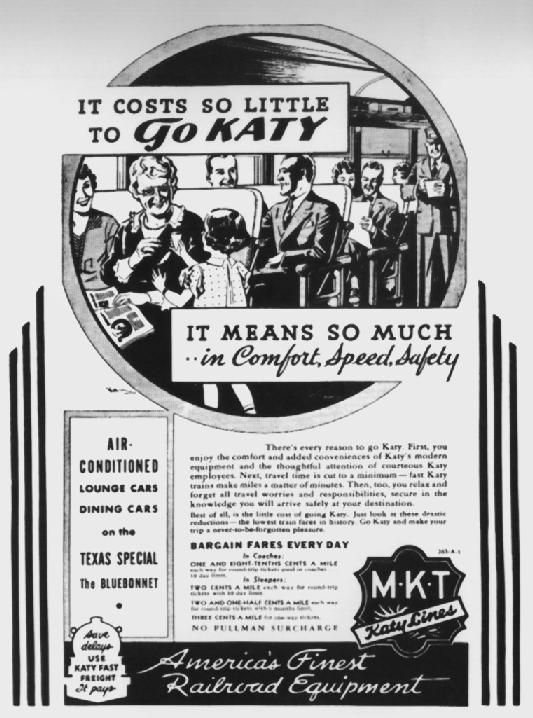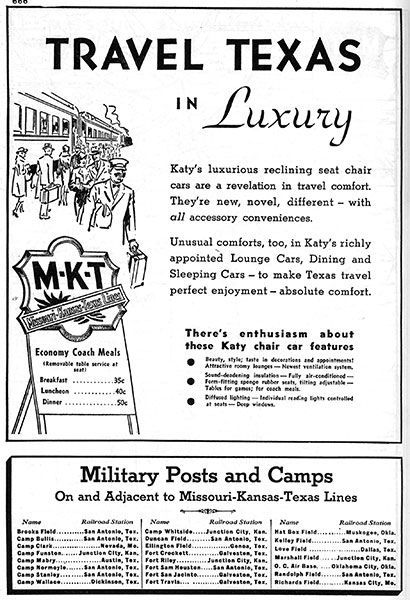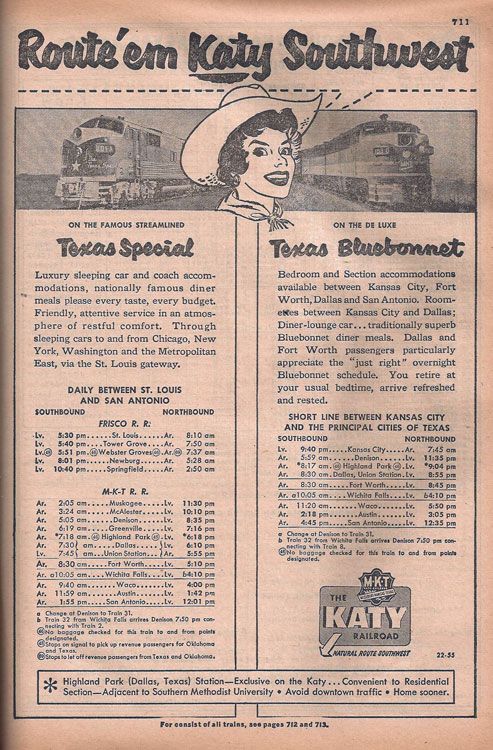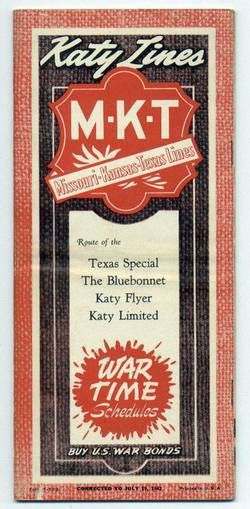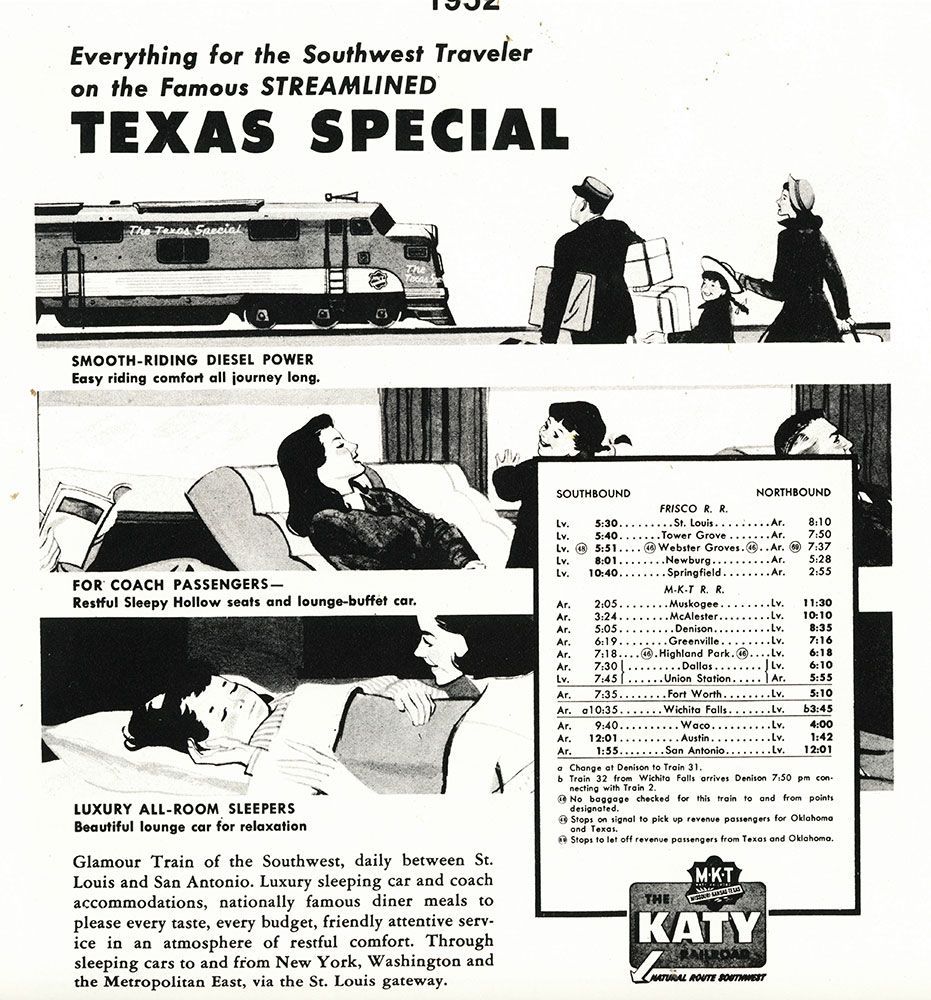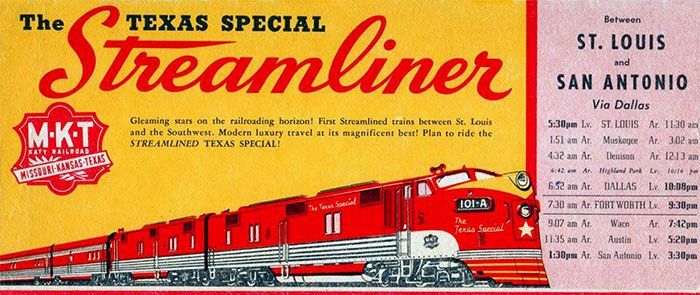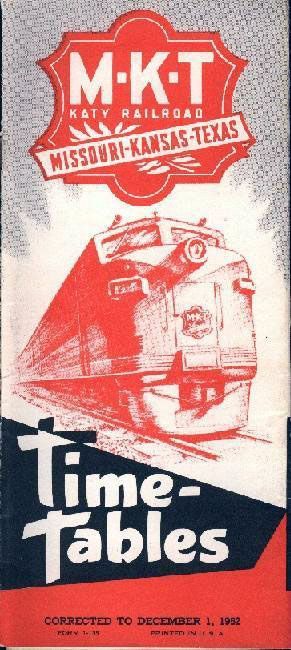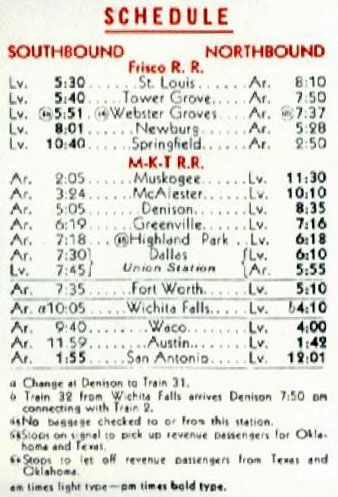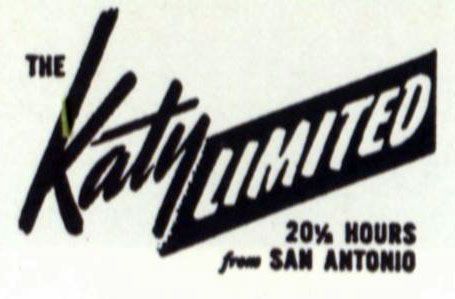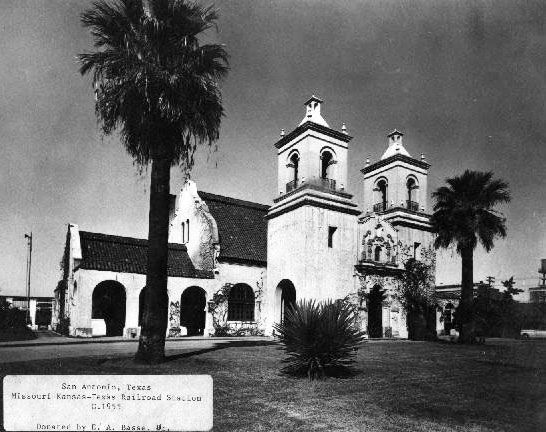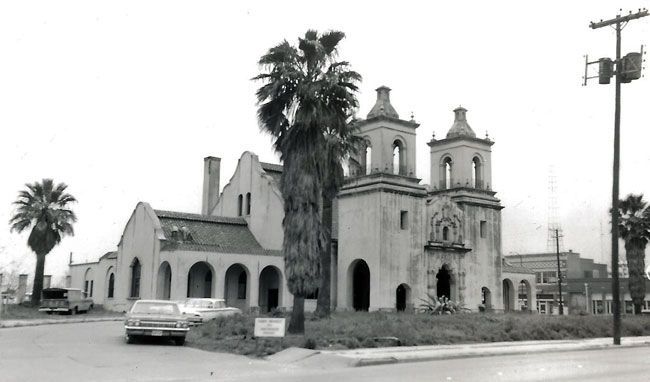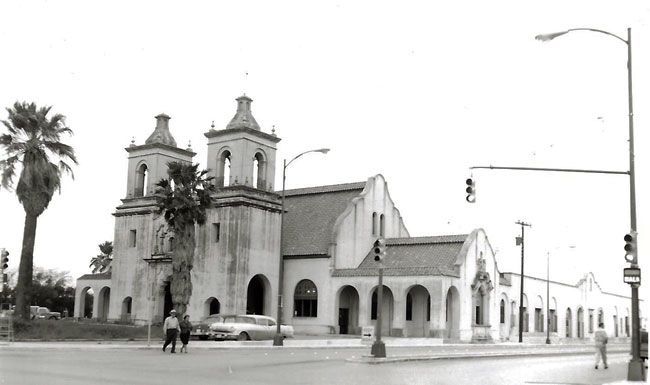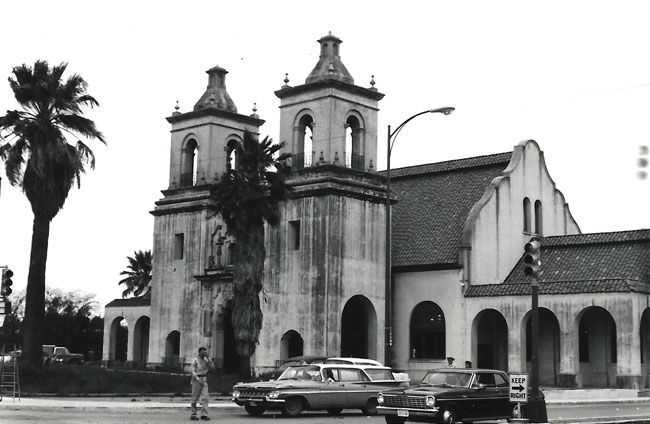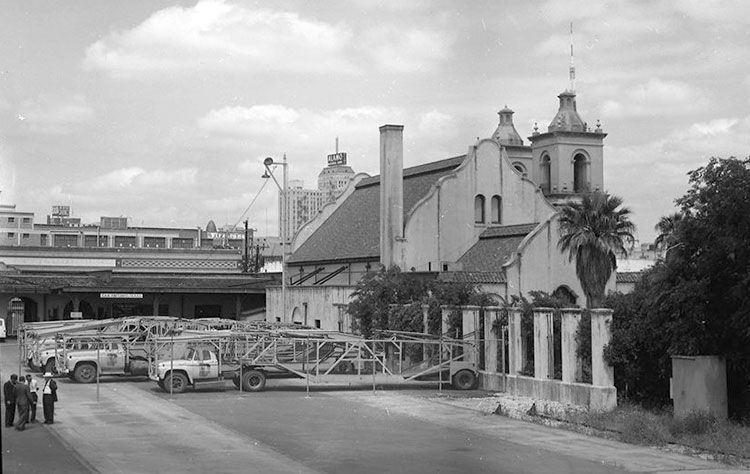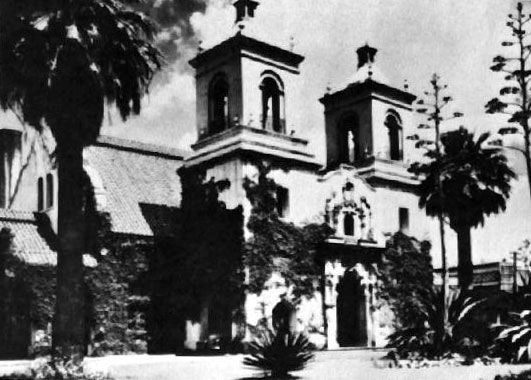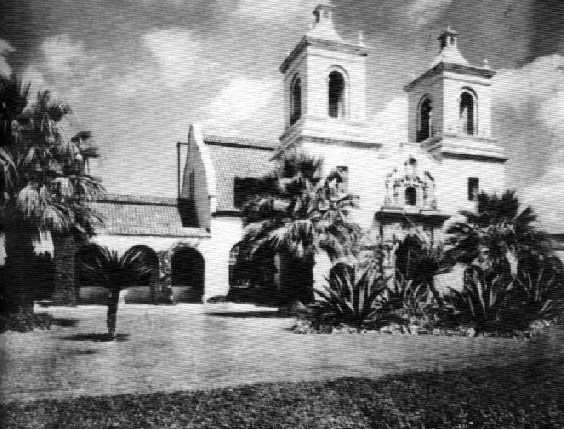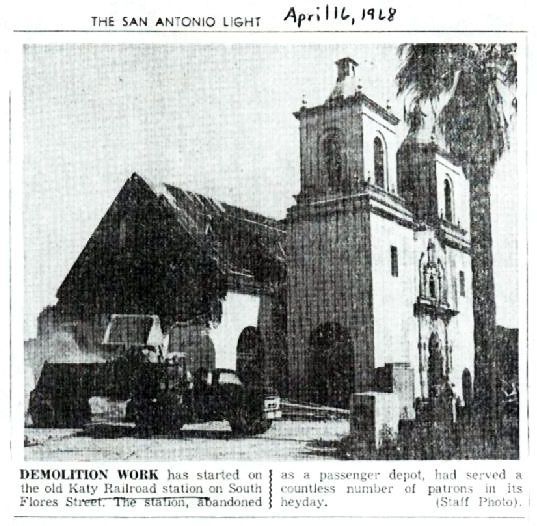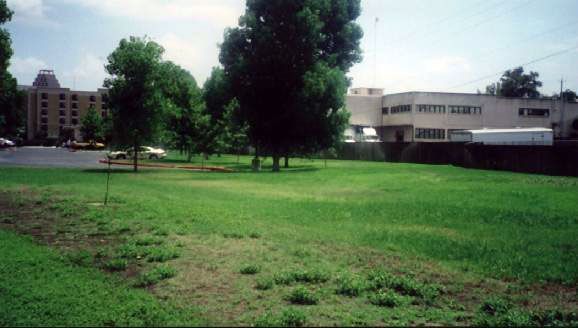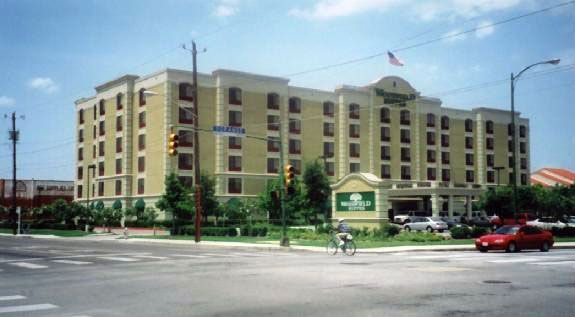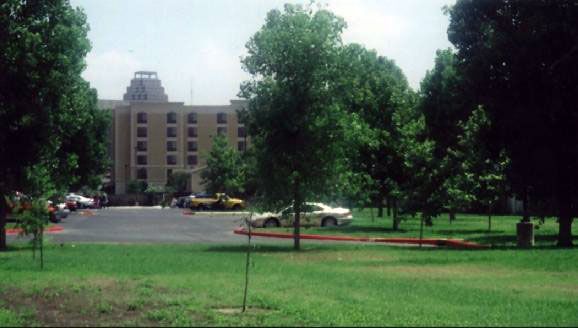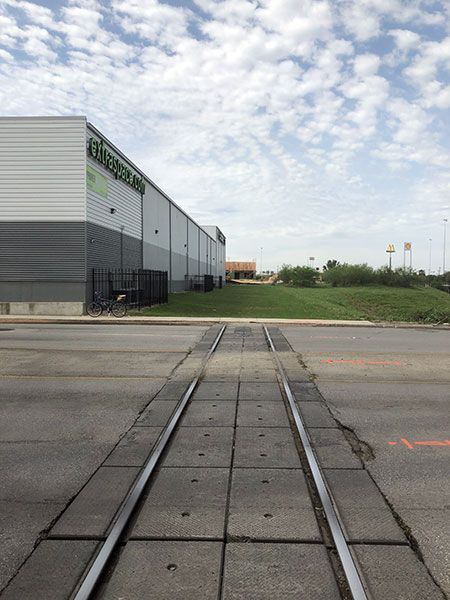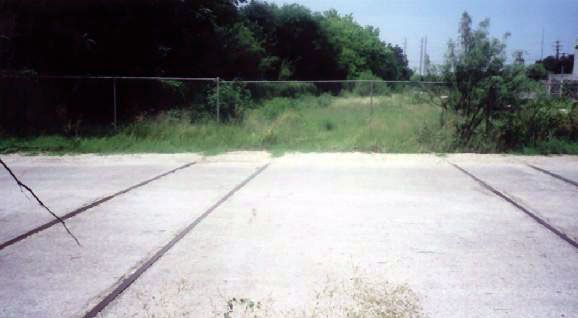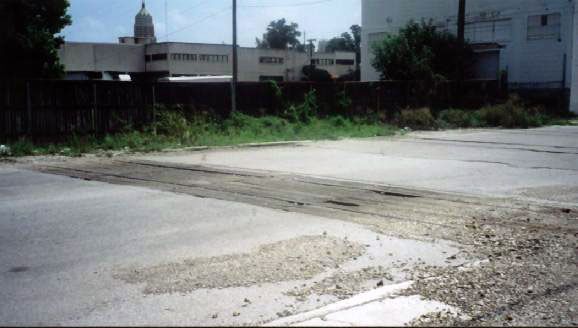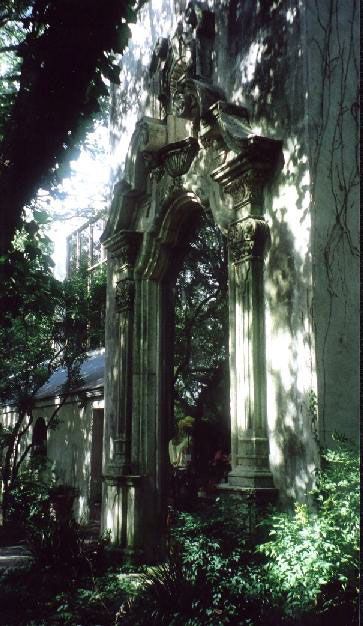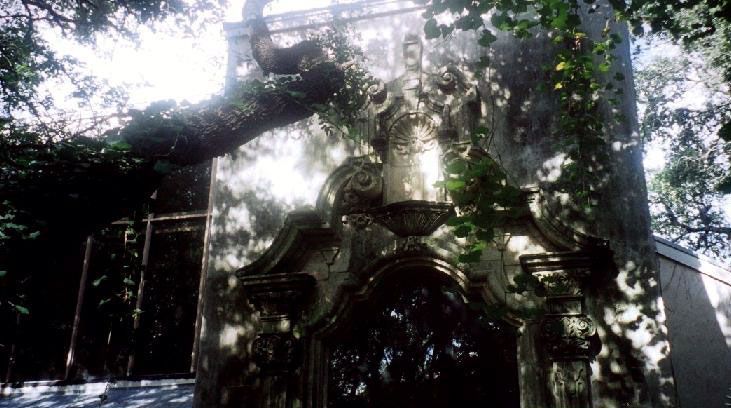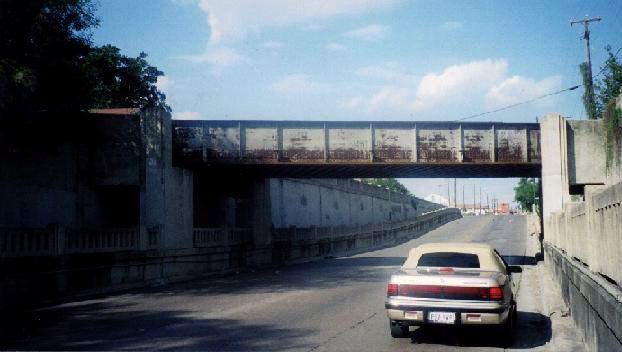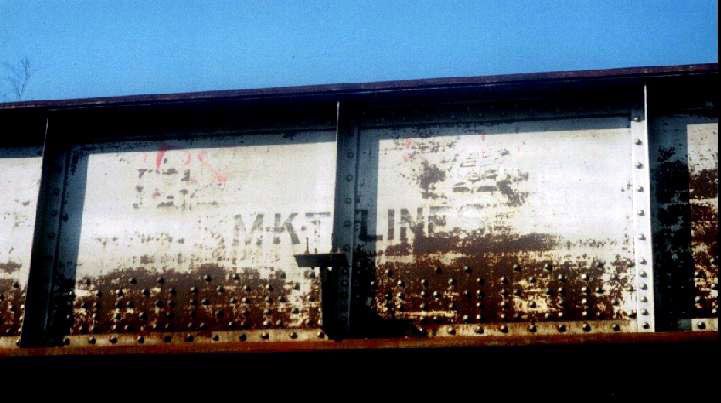Missouri Kansas Texas
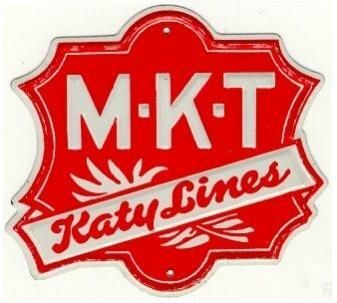
The Chapter is indebted to the Institute of Texan Cultures, the San Antonio Conservation Society, the Daughters of the Republic of Texas and the San Antonio Library for some of the following pictures. Additional images have come from the private collections of Pat Halpin, Dave Wallace and Bruce Blalock.
On 12/25/1872, five years before any railroad arrived in San Antonio, The Missouri-Kansas-Texas Railway Company crossed the Red River and entered Texas, near modern day Denison, a town that was created by the railroad. The Katy had won the race to be the first railroad to connect Texas to the rest of the country. Both the federal government and the first post civil war Texas legislature had offered all kinds of inducements, as both considered it desirable for the nation to be connected by commerce as quickly as possible. The company was renamed from the Union Pacific (Southern Branch) which was first, in 1852, to operate any rail lines west of the Mississippi, to the Missouri-Kansas & Texas Railway in 1870, to reflect their purpose and area of operations. Oklahoma was not yet a state, at this time.
Indian lands promised to the M-K-T in the Oklahoma Territory were never delivered as the US Supreme Court ruled that the offer had been illegal. Likewise, the two year tax abatement offered in Texas, as any land grants were illegal in the state, also never materialized. Early enthusiasm for all things railroad were transformed by the reality of huge monopolies acting very selfishly in their own interests. They were accused of high rates and restrictive practices such as secret cartels to fix prices by not really competing with each other. Owners such as Jay Gould would wheel and deal railroads and services. In 1880 the Missouri-Kansas-Texas reached Waco. It was then leased to the Texas & Pacific. In 1881, the International & Great Northern was leased to the MKT. As a result, Jay Gould was able to exercise control over all three, as he owned the Missouri Pacific which leased the Texas & Pacific. He controlled these companies either directly or indirectly, plus many smaller companies. The M-K-T was leased in full to the Missouri Pacific, via the T & P, for 99 years, but Gould's empire was brought to an end in 1886 due to the efforts of the then Texas Attorney General, James Hogg, who would be elected to State Governor in 1890, with control of the railroads as his main platform. He accused the M-K-T of having unsafe lines and of being owned by a "foreign" corporation in violation of the State Constitution. This was true but had originally been permitted by an earlier state legislature, again to encourage the growth of railroads into Texas. This had worked. Pretty soon Texas had the highest railroad mileage of any state in the union, which is still true today.
Gould's monopoly was dismantled and the M-K-T was "finally" chartered in 1891 as the Missouri-Kansas-Texas Railway Company of Texas, more commonly known as the Katy of Texas. It acquired all of the parent companies holdings in Texas except the I & GN railroad which regained full independence, though it remained close to the Missouri Pacific and would be purchased by it in 1924. By 1887 the MKT had reached San Marcos from Lockhart. San Marcos remained the southern tip of the MKT for over a decade. As the I & GN was leased to the MKT, there was no need to build another line to San Antonio and it concentrated on building east towards Houston, via Smithville. Through car service to San Antonio was being advertised at this time. Even after 1886, relations with the I & GN were such that the MKT did not proceed with its own line. When the MKT applied to take over the Sherman Shreveport & Southern Railway Company, which was owed by the parent MKT but run independently of the MKT of Texas, the Texas Railroad Commission said it would not approve the merger until the MKT built a line of its own to San Antonio. THE TRC wanted to see more competition on this important route. The MKT of Texas complied and its own line to San Antonio was completed in 1901.
With its arrival in San Antonio, the M-K-T had reached its southernmost point and its line terminated in the city. It was running complete trains to San Antonio by 1901. It used the Southern Pacific depots, first the one on Austin Street and soon the much grander Sunset Station, which was also known as Union Station until the Katy completed its own station in 1917. The company had 133 locomotives and 163 cars. It had reported $1,200,000 passenger revenue and $3,000,000 freight revenue as early as 1895. It had 1,119 miles of track by 1904. By 1914, this had risen to 1,600 miles, including seven leased companies. In 1905 the company built its own line into Austin but this came in from Granger to the north of the state capital. The 'gap' between San Marcos and Austin was never filled by the Katy. It had trackage rights on the I & G.N. line right up to 1988, when the MKT was purchased by Union Pacific, which had merged with MOPAC in 1982. In 1911, the Katy acquired the land for it's future San Antonio depot, at the corner of Durango and S. Flores streets, from the St. Louis & San Francisco (Frisco) Railroad Company which had acquired it for possible expansion that never happened. The M-K-T then sold it to the San Antonio Belt & Terminal Company, which had been chartered in favor of the M-K-T in 1912. Work on the new depot, designed by Frederick Sterner, of New York, in the Mission Revival style, began in 1916, the same year the S.A. Belt & Terminal Railway Company was leased to the M-K-T for 99 years. The depot, loosely modeled on a San Antonio mission church, Mission Concepcion, was opened on 9/1/1917, the same date as the arrival of the first train to the depot.
The Katy, which gained its nickname during the year's of its ownership by Jay Gould, when the company was leased to the Missouri Pacific and was called the Kansas-Texas line, was a strong independent company which, like every railroad, went through periods of both prosperity and poverty. All the while it grew. Demand for railroad services were very high before the Great Depression. There was a massive influx of people into Texas, and exports of oil, beef and cotton made for strong revenues. During the inter war years, the M-K-T was the most popular passenger railroad in the state, particularly San Antonio. Though designed by a "furr'ner," the Katy's depot design was closest to local architecture, being a liberal reinterpretation of Mission Concepcion, the oldest mission in San Antonio, which still serves its parish to this day and is one of the oldest surviving, continuous use, churches in the USA.
In 1915 the company went into receivership, which lasted for 8 years. This is a legal device used by the courts when a company is in difficulty, to avoid foreclosure or bankruptcy. The company is allowed to re-organize, a favorite pastime of the railroads, it seems, under the control of a court appointed official, or receiver. With a nuance of name change here and there, companies were able to re-arrange themselves and their debts. The "new" name of the company became the Missouri-Kansas-Texas Railroad Company. Note the change from railway to railroad and the removal of the "&" between Kansas and Texas. Such is the life of board rooms and high finance. All the while the KATY continued to operate and grow. However, instead of building new lines, much of the effort was going into maintaining and upgrading existing lines. Bigger, heavier, stronger, faster locomotives and trains need track that is superior to those built during the company's expansion days. Bridges, trestles and other track supports needed to be upgraded as well. Plus the new locomotives and rolling stock had to be paid for and maintained. In 1931 the Katy recorded earnings of $1,722,000 from passenger service and $8,085,000 from freight. Not too bad bearing in mind this was the depth of the Great Depression. The Katy had 82 locomotives and over 1,000 cars.
The second world war jolted the American economy out of it's slumber. The population of San Antonio grew enormously over a very short time. Lackland Air Force Base grew from being almost just a landing strip to one of the largest training bases in the world. People and materials were being moved in unprecedented numbers. Feeding the war machine with oil alone meant increasing the number of trains by huge amounts. Locomotives and rolling stock were brought out of retirement, or kept in service much longer than before, to keep everything moving. Maintenance suffered. By the end of the war, the whole railroad system emerged victorious but tired. More investment, much more, would be needed to get services back to acceptable peace time standards. However, the postwar economic boom was a double edged sword for the railroads. Advances in aviation were taking a huge bite out of long distance travel and car ownership became the norm for American citizens. An independent carrier like the M-K-T would be hard pressed to continue to thrive.
But thrive it did. Many people regard the post war period up to 1953, which included the Korean war, to be the M-K-T's finest epoch. Dieselization was completed and old style heavy passenger rolling stock was replaced with newer, lighter weight stream lined cars. Diesel electrics were superior in every respect to the steam locomotives they replaced. They were faster, stronger, cleaner and quieter, and required far fewer people to operate and maintain them. The Katy had always been known for the cleanliness of their locomotives, cars, even their passenger depots, and they set about to create a delightfully colorful array of paint schemes for the new equipment. Texas continued to boom in the post war economy and despite the falling off of passenger revenue, freight service more than made up for it. Some people say the railroads deliberately played accounting tricks with passenger service, since they were obliged to provide it in order to be allowed to operate their freight services, and this may be true, but the decline in rail travel was very real, and once bustling depots served fewer and fewer trains, while airports and freeways got busier and busier.
Missouri, Kansas and Texas RR timetables and adverts
By the late 70's, however, things in the railroad business began to change. Consolidation of independent regional carriers into national networks became the norm. The Union Pacific took over the Western Pacific and the Missouri Pacific. By comparison, the Missouri-Kansas-Texas Railroad began to seem smaller and less significant. They were also burdened with decades of old debts and the interest that had accrued on them. Some of these debts stretched back to before the Great Depression. In addition, in order to be competitive, newer locomotives and rolling stock had to be acquired. Even the WW II boom years came back to haunt them. Many of the wooden railroad ties laid during that time had been improperly treated to prevent premature rotting, due to a war time lack of the appropriate chemicals, and millions of them needed to be replaced. The M-K-T had to borrow some $16,000,000 from the government just to keep the tracks operable. A partner or merger was sought but none could be immediately found and the Katy was forced to go it alone.
The last M-K-T passenger train, Texas Special #1, from St. Louis, to use the venerable depot arrived, ten minutes ahead of schedule, on July 27, 1964. On board were seventy passengers. The engineer was Pomp Perry, aged 71, a 52 year veteran of the Katy. On board, as a passenger, was L.L. Langowski, who had been aboard the first M-K-T train to arrive at the depot on 9/1/1917. He had retired from the Katy four years earlier after forty years of service. A.C. Bedgood, a 33 year M.K.T. veteran, had the sad task of closing the ticket office. The M.K.T. was forced to quit the service when it lost a contract worth $881,997.00 a year, hauling US mail, to aggressively low bids from road trucking companies. All M-K-T passenger service ended the next year on 6/30/1965, when the last of the Katy's famous trains ran from Dallas to Kansas City. Like all the other railroad companies, the Katy became exclusively freight haulers.
The Katy continued to serve San Antonio right up to the end, which, in this case, came when they were bought by the Union Pacific in 1988. One hundred years earlier the Katy and the Missouri Pacific companies were forced apart by Attorney General James Hogg. Now, as part of the Union Pacific, they were back together again. Prior to this, the M-K-T had been allowed to unify its corporate structure and the Katy of Texas had become one with the rest of the M-K-T. Times were different now. Railroads had long ceased to be the only haulage option and competition from the market place and other forms of transportation had created a new landscape. The obligation, created during the time of Governor Hogg, that all railroads operating with Texas had to be under the control of a Texas company had become anachronistic.
As for the lovely old depot in San Antonio, it's end came much sooner. Closed for good in 1964, it was demolished in 1969. Few companies in the midst of down sizing and huge debt loads can afford to be sentimental and the M-K-T proved to be no different. As railroads abandoned passenger service one by one, cherished depots across the country were shuttered and the majority demolished. Many more fell into severe disrepair. A lucky few were sold and maintained. The glorious former International & Great Northern / Missouri Pacific depot in San Antonio was more fortunate than the Katy depot. It was bought by people who wanted to save it and even then it languished in shockingly bad disrepair until it was "saved" by the San Antonio City Employees Federal Credit Union.
The Katy depot was a liability to the company. No one, in the late 1960's wanted it and, like many such buildings, the opportunities for re-use in its original form were slender since there was so little usable office space within the structure. Once torn down, the company would no longer have to pay taxes on it or maintain it, plus the land could be sold off to people looking for a prime site near down town. This author believes the current occupant of the land, the modern Woodfield Suites Hotel, was not the immediate successor on the property, as he seems to recall a building there being torn down within his own time in San Antonio. He may be wrong but it seems unlikely that a prime site would remain vacant for so long. Only a few remnants of the site's use as a rail depot still remain, mainly some old road crossing tracks a block behind the hotel, on Arsenal Street. Sad to say there isn't even a marker to say that upon this site once stood what is commonly referred to as the best looking depot on the entire M-K-T system. The chapter and the Woodfield Suites Hotel are working to get one erected. Its too late to save the depot, way too late. But it's not too late for it to be paid it's respects.
The Missouri, Kansas and Texas in San Antonio Timeline
━━━━━━━━━━━━━━━━━
1852
The Union Pacific (Southern Branch) is formed. (There is no connection with the other Union Pacific building towards California.
━━━━━━━━━━━━━━━━━
1870
The railroad is re-named Missouri, Kansas & Texas
━━━━━━━━━━━━━━━━━
1872
The MK&T crosses the Red River and becomes the first railroad to build into Texas, creating much improved connections with the north and decreasing the state's reliance on its sea ports.
━━━━━━━━━━━━━━━━━
1880
The MK&T is leased to the Missouri Pacific (MOPAC). It is run as the Kansas-Texas Division and gains the nickname "The KT (KATY)" which sticks.
1881
Katy passengers get through car service to San Antonio when their cars are attached to International & Great Northern trains, also run by MOPAC, arriving at the I&GN station
━━━━━━━━━━━━━━━━━
1887
MK&T builds tracks into San Marcos from Lockhart with connections to the north and Houston
━━━━━━━━━━━━━━━━━
1891
MK&T regains its independence from MOPAC
━━━━━━━━━━━━━━━━━
1901
The MK&T builds its own line into San Antonio from San Marcos. It shares Sunset Station with the Southern Pacific. The depot is renamed "Union Station"
━━━━━━━━━━━━━━━━━
1915
MK&T introduces the "Texas Special as its premium fast train between San Antonio and St. Louis, Missouri.
━━━━━━━━━━━━━━━━━
1917
MK&T opens its own grand station, a terminus actually, at the corner of South Flores and Durango, now called Cesar Chavez Boulevard
━━━━━━━━━━━━━━━━━
1924
The Pullman McKeever enters service. It runs frequently from the Katy Station in San Antonio all the way to New York.
━━━━━━━━━━━━━━━━━
1953
The last steam trains are phased out and all MK&T locomotives are diesel-electrics. The company adopts a bright red paint scheme.
━━━━━━━━━━━━━━━━━
1963
Railroad enthusiasts meet with city leaders at the MK&T station to discuss the formation of a railroad museum. The Texas Transportation Museum is the result. Hopes for it to operate out of the station never come to fruition.
━━━━━━━━━━━━━━━━━
1984
The "Texas Special" makes its last run.
━━━━━━━━━━━━━━━━━
1965
All Katy passenger trains cease out of San Antonio. The passenger station is closed but the nearby freight depot stays open,
━━━━━━━━━━━━━━━━━
1969
The MK&T passenger station, in poor condition and lacking any buyer, is torn down
━━━━━━━━━━━━━━━━━
1988
The Katy is purchased outright by the Union Pacific which had merged with MOPAC in 1980. The freight depot and yard are closed, the tracks removed and the land sold.
Transportation Museum
CONTACT US TODAY
Phone:
210-490-3554 (Only on Weekends)
Email:
info@txtm.org
Physical Address
11731 Wetmore Rd.
San Antonio TX 78247
Please Contact Us for Our Mailing Address
All Rights Reserved | Texas Transportation Museum
